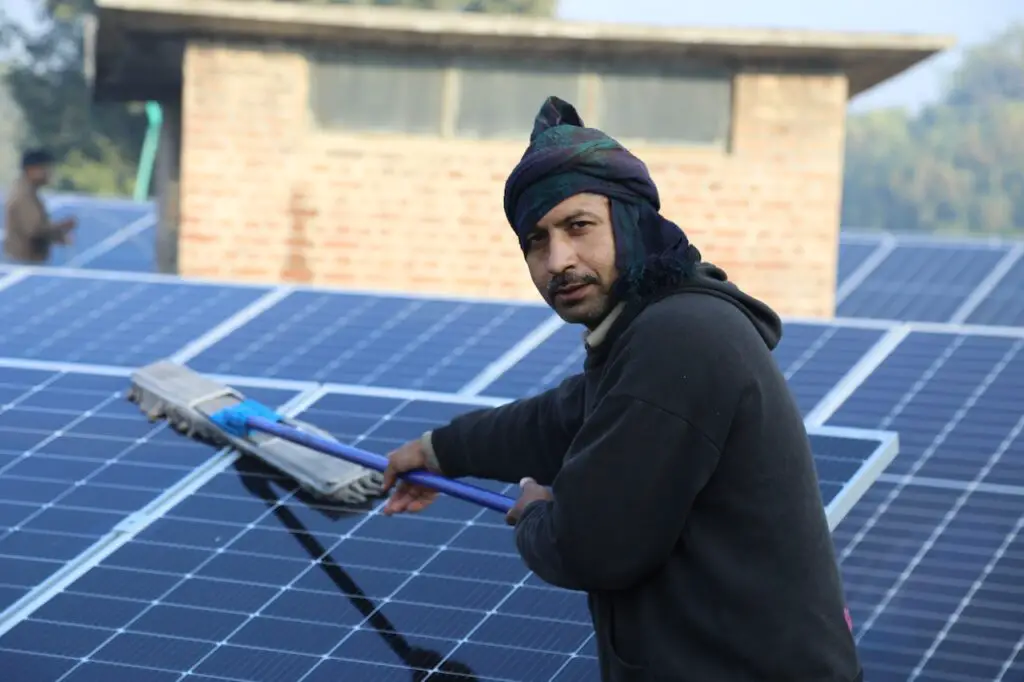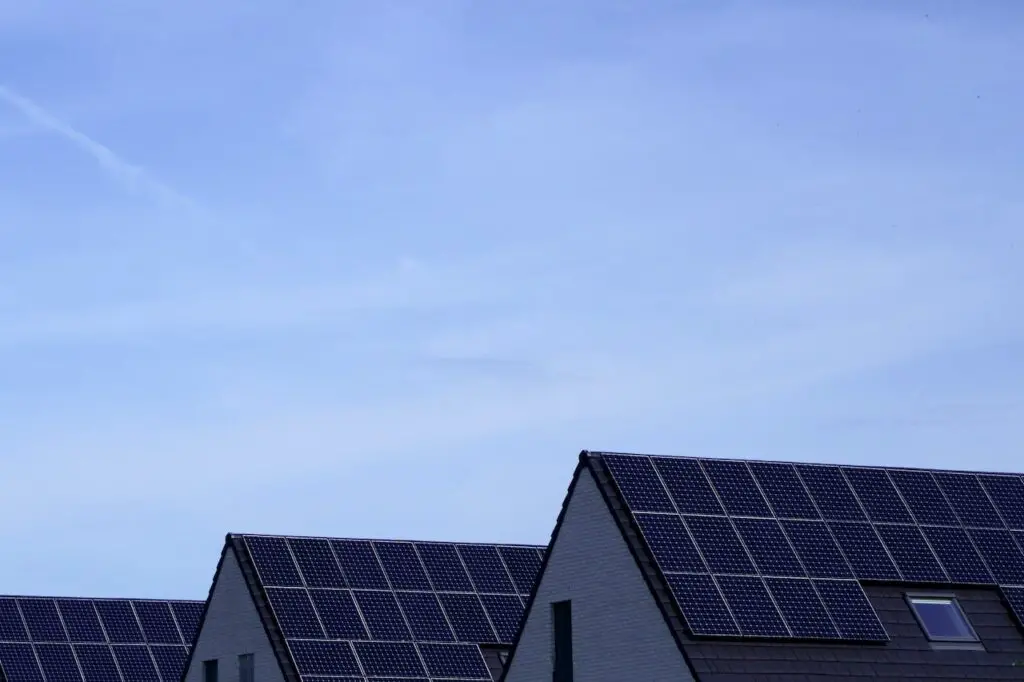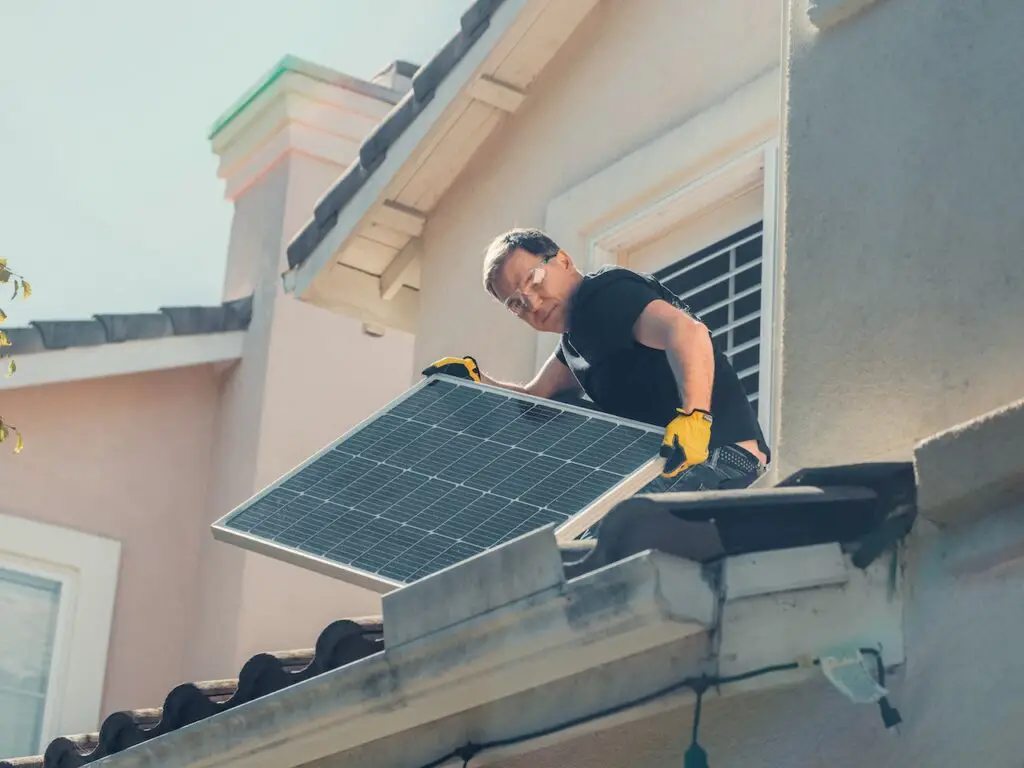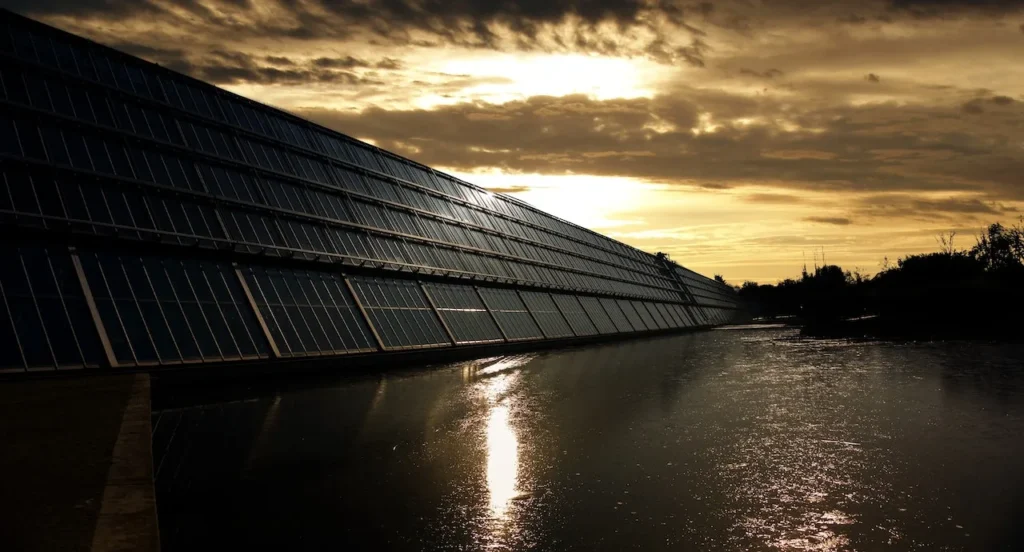If you’ve ever wondered how electricity is generated from water, hydroelectric power plants have the answer. Hydroelectric power is a renewable source of energy that uses the force of moving water to generate electricity. This type of power is generated by using a dam or diversion structure to alter the natural flow of a river or other body of water.
Hydroelectric power plants rely on the endless, constantly recharging system of the water cycle to produce electricity, using a fuel—water—that is not reduced or eliminated in the process. The power from the water is used to turn a turbine, which in turn drives a generator, producing electricity. The electricity generated by hydroelectric power plants is a clean and efficient source of energy that can be used to power homes and businesses.
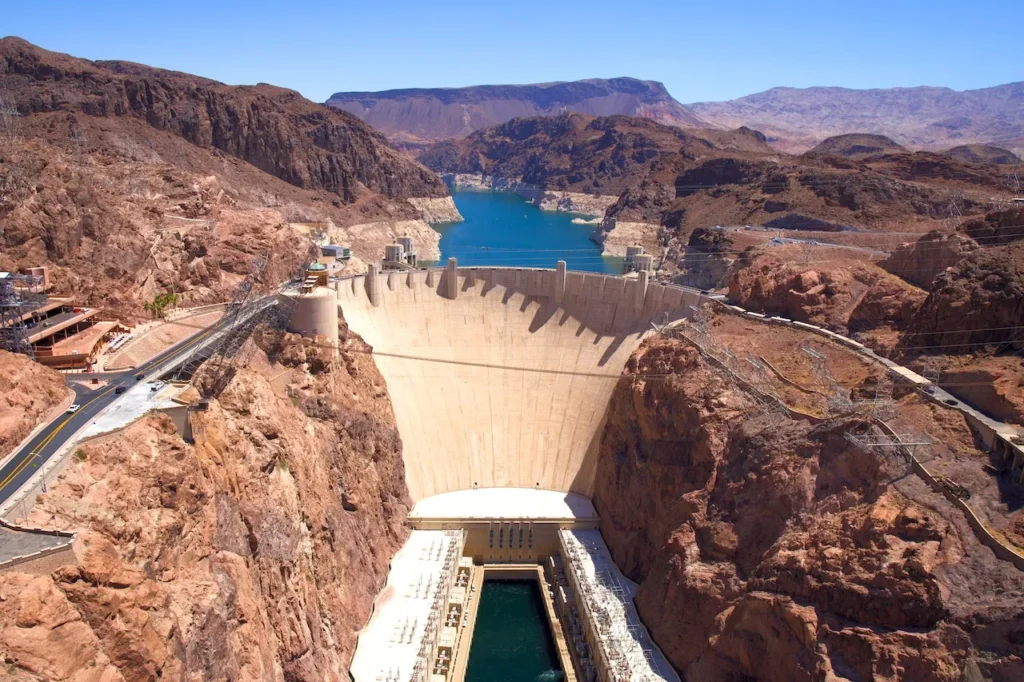
What is Hydro-Electric Power?
Hydro-electric power is a form of renewable energy that harnesses the power of moving water to generate electricity. It is one of the oldest and most widely used forms of renewable energy, accounting for about 6.3% of total U.S. electricity generation.
The process of generating hydro-electric power involves the use of a dam or other structures to create a reservoir of water. The water is then released through turbines, which spin a generator to produce electricity. The amount of electricity generated depends on the amount of water flowing through the turbines and the height of the dam.
Hydro-electric power is a clean and sustainable source of energy, as it does not produce greenhouse gas emissions or other pollutants. It is also reliable, as the flow of water can be controlled to meet the demand for electricity. However, the construction of dams and other structures can have environmental impacts, including the disruption of natural habitats and the displacement of people and wildlife.
The Basics of Hydro-Electric Power Generation
If you’re curious about how hydro-electric power works, you’re in the right place. Hydro-electric power is the process of generating electricity by using the movement of water. Let’s take a closer look at how this process works.
How Water is Used to Generate Electricity
Hydro-electric power plants use the force of falling water to turn turbines. The turbines are connected to generators, which produce electricity. The water that powers the turbines is stored in a reservoir, which is created by building a dam across a river. When the water is released from the reservoir, it flows through a pipe called a penstock. The force of the water turns the turbine, which spins the generator and produces electricity.
The Components of a Hydro-Electric Power Plant
A hydro-electric power plant consists of several components. These include:
- A dam
- A reservoir
- A penstock
- A turbine
- A generator
The dam is used to create the reservoir, which stores the water that will be used to generate electricity. The penstock is a pipe that carries the water from the reservoir to the turbine. The turbine is a device that is turned by the force of the water. The generator is connected to the turbine and produces electricity.
That’s the basics of how hydro-electric power works. By using the force of falling water to turn turbines, we can generate electricity in a clean and renewable way.
Advantages and Disadvantages of Hydro-Electric Power
Advantages
Hydro-electric power has a number of advantages:
- It is a renewable resource and does not produce greenhouse gases or other pollutants that contribute to climate change.
- Hydro-electric power plants can be built to last for many years, making them a long-term investment in clean energy.
- Hydro-electric power is relatively inexpensive compared to other forms of renewable energy, such as solar or wind power, and can be cost-competitive with fossil fuels.
- Hydro-electric power can be used to store energy, allowing it to be used when demand is high or when other sources of energy are not available.
- Hydro-electric power can provide a reliable source of electricity to remote areas that may not have access to other sources of energy.
Disadvantages
Despite its advantages, hydro-electric power also has some drawbacks:
- Building a hydro-electric power plant can be expensive and may require the construction of large dams or other infrastructure that can have a significant impact on the environment.
- Hydro-electric power can have an impact on aquatic ecosystems, particularly if fish or other wildlife are unable to migrate upstream or downstream of the dam.
- Hydro-electric power can be affected by drought or other changes in water availability, which can limit its ability to provide a consistent source of energy.
- Hydro-electric power plants can produce methane from the decomposition of vegetation under water, which can contribute to climate change.
- Hydro-electric power can displace communities and indigenous peoples who live in areas where dams are being built.
Hydro-Electric Power Around the World
Hydro-electric power is an important source of renewable energy around the world. In fact, hydropower provides about 16 percent of the world’s electricity, generating power in all but two U.S. states.
Hydropower is used in many countries, including Canada, China, Brazil, and Norway. In Canada, for example, hydroelectric power accounts for about 60 percent of the country’s electricity generation. In China, the Three Gorges Dam on the Yangtze River is the largest hydropower project in the world, producing over 22,500 megawatts of electricity.
Hydropower has many benefits, including being a renewable and clean source of energy. However, it can also have negative impacts on the environment, such as altering river ecosystems and affecting fish populations. That’s why it’s important to carefully consider the environmental impact of hydropower projects before they are built.
Despite these challenges, hydropower is an important source of energy around the world, providing electricity to millions of people. With continued investment and innovation, it has the potential to play an even greater role in meeting our energy needs in the future.

